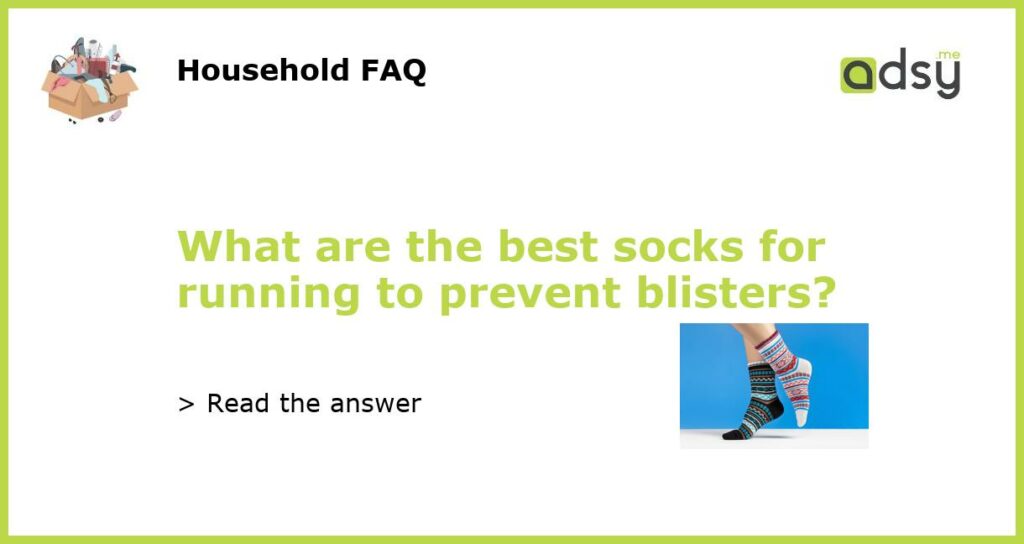Understanding the Importance of Choosing the Right Running Socks
For avid runners, taking care of their feet is of utmost importance. Blisters can be one of the most painful and common issues faced by runners. They not only disrupt your running routine but can also take a while to heal, impacting your overall performance. One major factor that can prevent blisters is choosing the right running socks.
Look for Moisture-Wicking Fabrics
When it comes to running socks, moisture-wicking fabrics are a game-changer. These materials are designed to pull sweat away from the skin and keep your feet dry, reducing the likelihood of blisters forming. Look for socks made from synthetic fibers like polyester or nylon, as they have excellent moisture-wicking properties. Additionally, some brands offer socks with special technologies such as Coolmax or Dri-Fit to enhance moisture management.
Cushioning and Padding for Optimal Comfort
The next important factor to consider when choosing running socks is the cushioning and padding. Running puts a lot of strain on your feet, so having socks with adequate cushioning can help absorb shock and reduce friction. Look for socks with extra padding in high-impact areas like the heel and toe. The cushioning should be thick enough to provide comfort but not too thick that it compromises the fit of your running shoes.
Avoid Cotton Socks
Cotton may be the go-to fabric for everyday socks, but it’s not the best choice for running. Unlike synthetic fabrics, cotton tends to retain moisture, making it more likely for your feet to stay wet during your run. This excess moisture can increase friction between your skin and the sock, leading to blisters. Instead, opt for socks made from moisture-wicking materials as mentioned earlier.
Proper Fit and Compression
Finally, ensure that the running socks you choose fit properly. Ill-fitting socks can cause friction and movement inside the shoe, leading to blisters. Look for socks that have a snug fit without being too tight or too loose. Additionally, consider compression socks for additional benefits. Compression socks can improve blood flow, reduce muscle fatigue, and help prevent blisters by reducing movement and rubbing between the skin and the sock.






